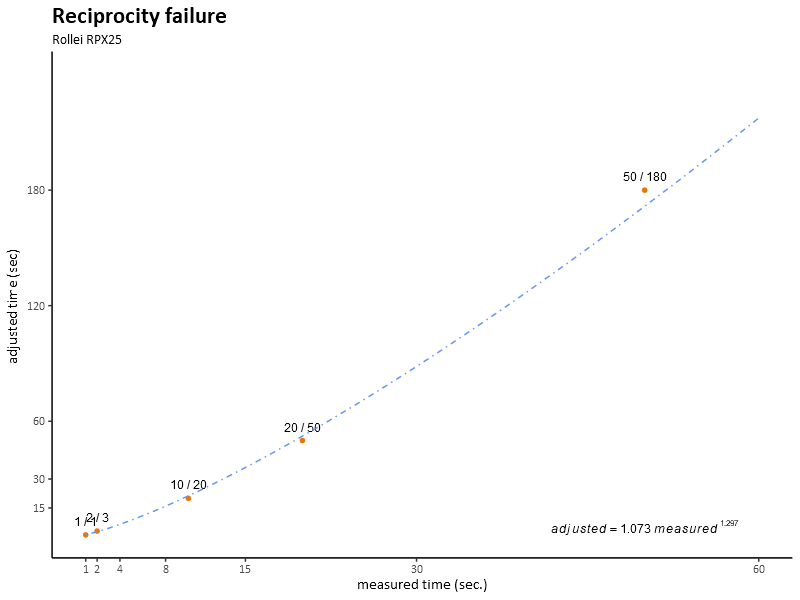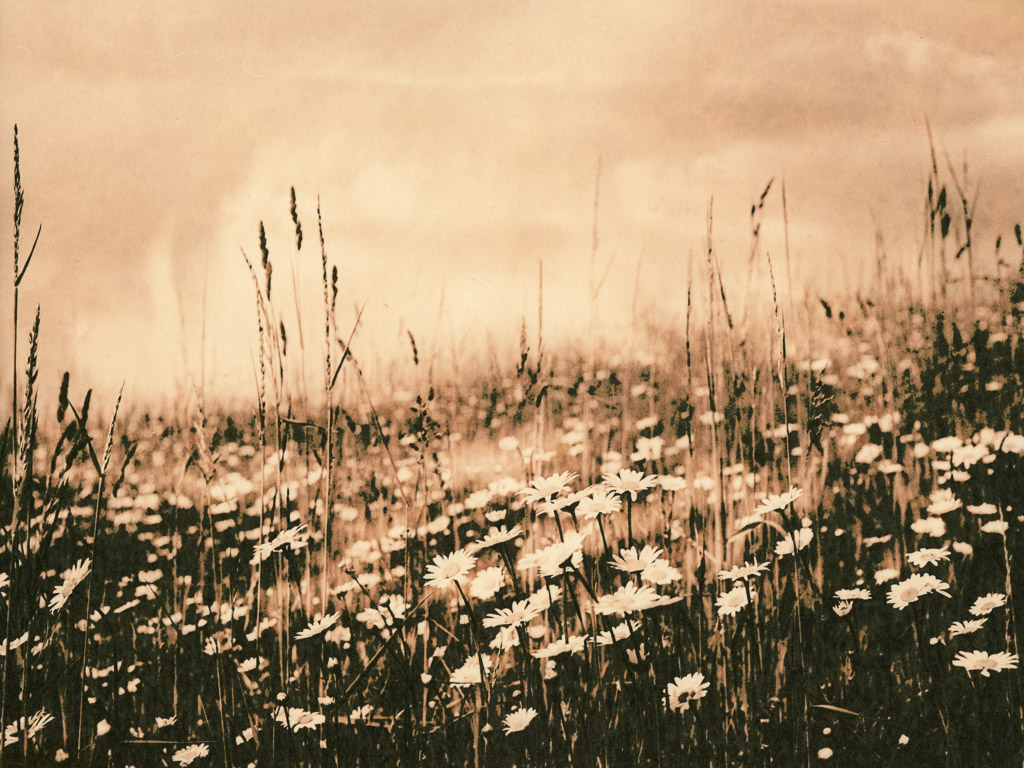I am on a lookout for a new film for my long exposure photography. When doing research on available slow films I came across the Rollei (Maco) RPX 25. I liked the specs of the film, and I was greatly impressed by its close cousin, the Rollei Infrared.
For some time I have used Foma 100 as my go-to long exposure film. Firstly for its low, low price, and secondly for its very high reciprocity failure. Usually a high reciprocity failure is thought of as an weakness. Films showing less of a failure – such as Fuji Acros – are preferred. But in the special world of long exposure photography a bad reciprocity failure is actually an asset. You get two extra stops of light loss for free! However, I have recently experienced quality issues with the Foma film and started looking for other options.
One issue I found with the RPX 25 film is that the published reciprocity failure is quoted only for 4 times: 2, 10, 20 and 50 seconds. Of these the 10, 20 and 50 second times are outside the usual sequence of exposure times. This was a problem to me, as with such a slow film I expected to run into reciprocity failure areas quite often. Both on purpose, shooting with heavy ND filters, and unintentionally in low light.
To make sense of it I tried modelling the exposure times in my trusty RStudio statistical package. I tried several different regression algorithms and settled on a power regression. This seemed to fit the data better than an exponential. I was able to model a function that matched the reported times closely. The biggest difference is about 4% off at the 50 second data point, and I can live with that.
Rollei RPX 25 Reciprocity Table (modeled)
| measured: | 0:01 | 0:02 | 0:02 | 0:03 | 0:04 | 0:06 | 0:08 | 0:12 | 0:15 | 0:20 | 0:30 | 0:45 | 0:50 | 1:00 | 1:30 | 2:00 |
| adjusted: | 0:01 | 0:02 | 0:03 | 0:04 | 0:06 | 0:11 | 0:16 | 0:27 | 0:36 | 0:52 | 1:28 | 2:30 | 2:52 | 3:37 | 6:08 | 8:54 |



